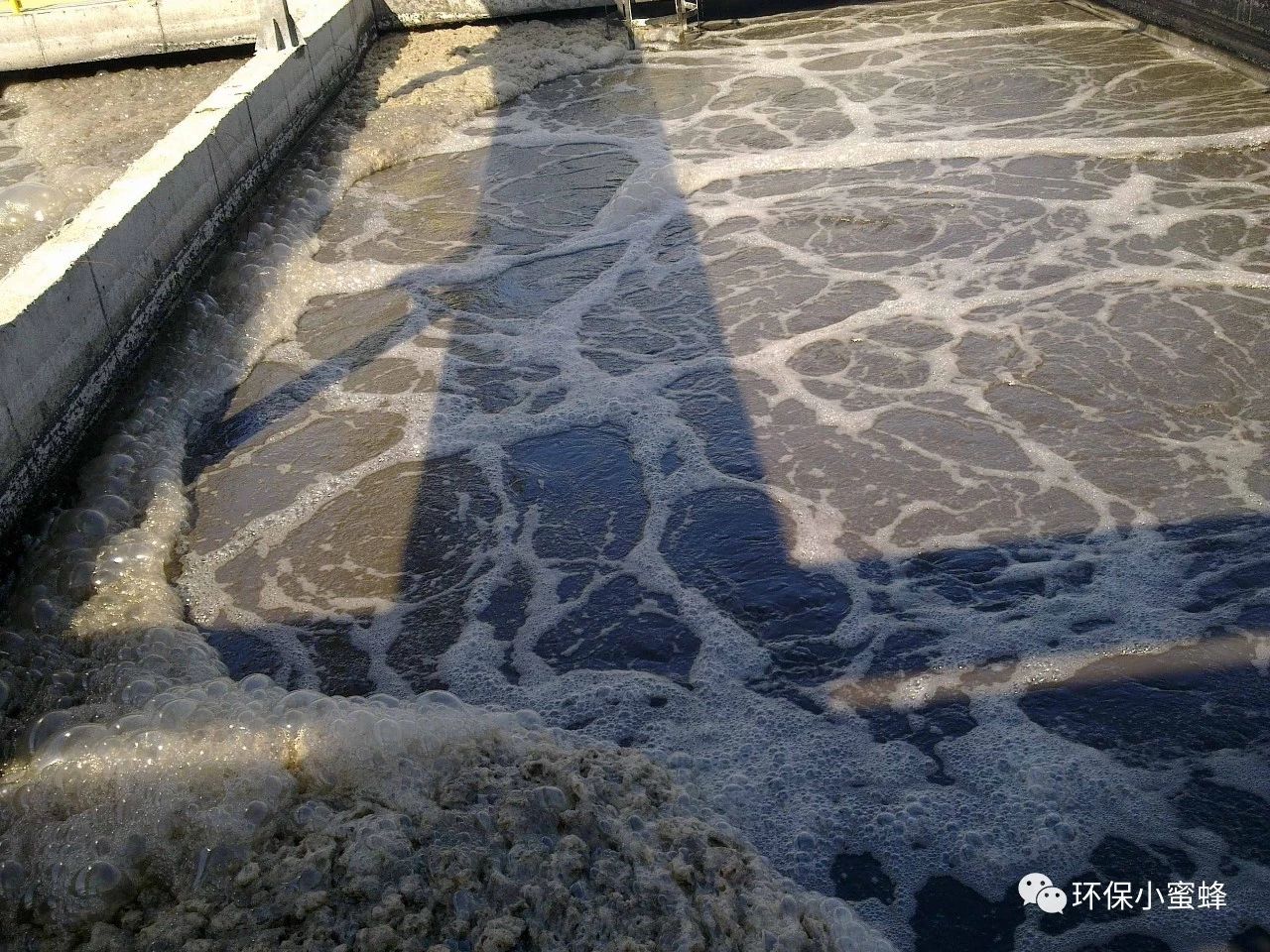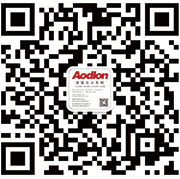Essential basic knowledge of sewage treatment
1. What is water self-purification?
Self-purification of water bodies: Polluted rivers reduce or transform the concentration of pollutants through physical, chemical, biological and other aspects, and the water body returns to its original state, or reduces from initially exceeding the water quality standards to equaling the water quality standards.
2. What are the basic methods of sewage treatment?
The basic method of sewage treatment is to use various means and technologies to separate, remove and recycle pollutants in sewage, or convert them into harmless substances to purify sewage. Generally divided into water supply treatment and sewage treatment.
3. What are the current sewage treatment technologies?
Modern sewage treatment technology can be divided into physical treatment method, chemical treatment method and biological treatment method according to the principle of action.
4. Five water measurement indicators
Biochemical oxygen demand (BOD): refers to the amount of oxygen required to degrade organic matter due to the action of microorganisms under aerobic conditions. It is a comprehensive indicator indicating that sewage is contaminated by organic matter.
Theoretical oxygen demand (thOD): The theoretical oxygen demand of a certain organic matter in water. It usually refers to the theoretical value of the amount of oxygen required to completely oxidize carbon and hydrogen in organic matter into carbon dioxide and water (that is, the oxygen demand calculated according to the complete oxidation reaction equation.
Total oxygen demand (TOD): refers to the substances that can be oxidized in the water, mainly the amount of oxygen required when organic substances turn into stable oxides during combustion. The result is expressed in mg/L of O2.
Chemical Oxygen Demand (COD): It is a chemical measurement of the amount of reducing substances that need to be oxidized in a water sample. The oxygen equivalent of substances (generally organic matter) that can be oxidized by strong oxidants in wastewater, wastewater treatment plant effluent and contaminated water.
Total organic carbon (TOC): refers to the total carbon content of dissolved and suspended organic matter in water.
5. Under what circumstances should biochemical treatment be used?
It is generally believed that sewage with a BOD/COD value greater than 0.3 is suitable for biochemical treatment.
6. What are the hygiene standards for drinking water?
Physical indicators of drinking water hygiene standards: color, turbidity, odor and taste.
7. What is water eutrophication?
Eutrophication of water bodies is a natural phenomenon that occurs in fresh water. Excessive levels of nitrogen, phosphorus, and potassium in the water body lead to sudden excessive proliferation of algae.
The main reason for the formation of eutrophication of water bodies is that nitrogen, phosphorus, potassium and other elements are discharged into surface water bodies with slow flow rates and long renewal cycles, causing algae and other aquatic organisms to grow and reproduce in large quantities, causing the production rate of organic matter to far exceed the consumption rate, and the water body The process of accumulation of organic matter in water and destroying the balance of aquatic ecology.
8. What is dissolved oxygen?
Oxygen dissolved in water is called dissolved oxygen. The oxygen that organisms and aerobic microorganisms in water bodies rely on for survival is dissolved oxygen. Different microorganisms have different requirements for dissolved oxygen.
9. What are the basic methods of modern sewage treatment?
Modern sewage treatment technology can be divided into physical treatment method, chemical treatment method and biological treatment method according to the principle of action.
10. What is colloidal stability?
Colloidal stability: refers to the characteristic of colloidal particles remaining dispersed and suspended in water for a long time.




comment